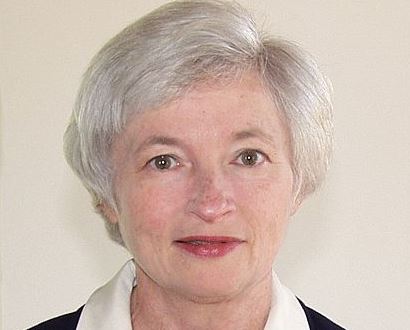Economy
Fed Minutes Show Sooner Timeline for Rate Hikes, Maybe, If ...
Published:
Last Updated:
The Federal Reserve has released the minutes of its July 29 to 30 FOMC meeting. While it has been broadly expected that the Fed will keep rates on hold, there is one handy notion that stands out here: FOMC members are starting to openly discuss whether they should start hiking rates sooner than the market is thinking.
What has happened is that the inflation is closer to normal again, the unemployment rate is nearing 6%, and GDP did prove to be in a snap back mode with a 4% headline growth in the second quarter. Still, the ongoing verdict is that the FOMC members want more evidence that the economy is stable enough before they begin raising interest rates.
The first statement from the July 29 meeting showed that more tapering would happen in the amount of $10 billion to a new $25 billion per month in bond buying. The Fed also stated that inflation had moved closer to its long-term targets. Still, the Fed expected interest rates to stay in the current range because it took a strong stance on its monetary policy and that the rates would stay there for some time until the bond purchases came to an end.
The issue to consider with these minutes is that a rate hike may not be imminent, but that rate hike trajectory should start to come into the minds (and risk models) of investors sooner than ‘later in the first half of 2015.’ Perhaps the Fed’s guidance is where investors really need to start looking now (see below). It is obvious that the FOMC is getting more of a base that would allow them to raise interest rates even before the prior expectation of the second quarter of 2015. This was evidenced by the quote:
Moreover, many participants noted that if convergence toward the Committee’s objectives occurred more quickly than expected, it might become appropriate to begin removing monetary policy accommodation sooner than they currently anticipated. Indeed, some participants viewed the actual and expected progress toward the Committee’s goals as sufficient to call for a relatively prompt move toward reducing policy accommodation to avoid overshooting the Committee’s unemployment and inflation objectives over the medium term. These participants were increasingly uncomfortable with the Committee’s forward guidance. In their view, the guidance suggested a later initial increase in the target federal funds rate as well as lower future levels of the funds rate than they judged likely to be appropriate. They suggested that the guidance should more clearly communicate how policy-setting would respond to the evolution of economic data. However, most participants indicated that any change in their expectations for the appropriate timing of the first increase in the federal funds rate would depend on further information on the trajectories of economic activity, the labor market, and inflation. In particular, although participants generally saw the drop in real GDP in the first quarter as transitory, some noted that it increased uncertainty about the outlook, and they were looking to additional data on production, spending, and labor market developments to shed light on the underlying pace of economic growth. Moreover, despite recent inflation developments, several participants continued to believe that inflation was likely to move back to the Committee’s objective very slowly, thereby warranting a continuation of highly accommodative policy as long as projected inflation remained below 2 percent and longer-term inflation expectations were well anchored.
READ ALSO: 10 States Struggling With Delinquent Debt
We went back to the quotes from the formal statement in July, and the issue that stood out the most was as follows:
The Committee sees the risks to the outlook for economic activity and the labor market as nearly balanced and judges that the likelihood of inflation running persistently below 2 percent has diminished somewhat. The Committee currently judges that there is sufficient underlying strength in the broader economy to support ongoing improvement in labor market conditions… When the Committee decides to begin to remove policy accommodation, it will take a balanced approach consistent with its longer-run goals of maximum employment and inflation of 2 percent. The Committee currently anticipates that, even after employment and inflation are near mandate-consistent levels, economic conditions may, for some time, warrant keeping the target federal funds rate below levels the Committee views as normal in the longer run.
A fear of the end of the easiest monetary policy of our lives has taken some steam out of stocks. The S&P was up less than one point and the DJIA was up about 20 points after the report. The markets had been higher prior to the report. Bond yields also ticked up to 2.43% on the 10-year Treasury yield. Gold was lower on the day, but not by more than $3 an ounce.
READ ALSO: The 10 Most Dominant Warren Buffett Stocks
Thank you for reading! Have some feedback for us?
Contact the 24/7 Wall St. editorial team.